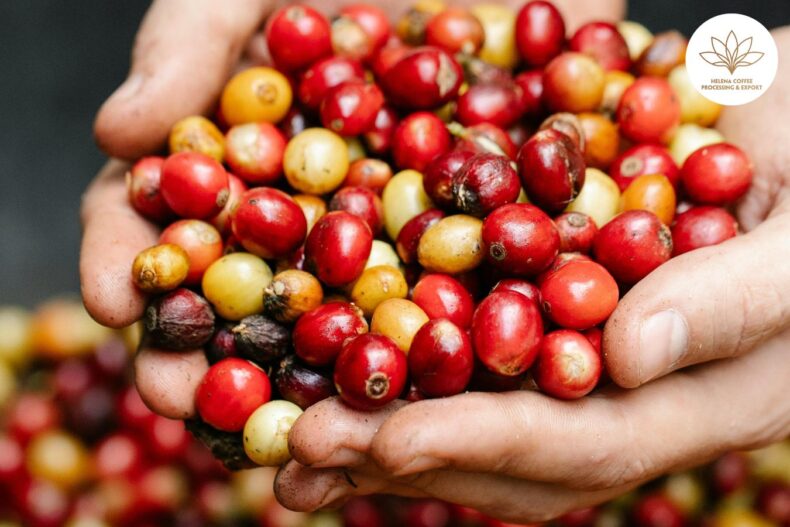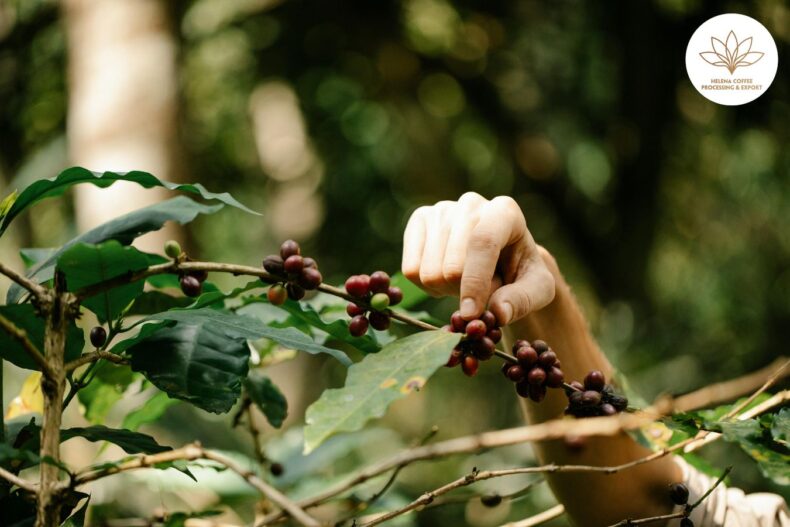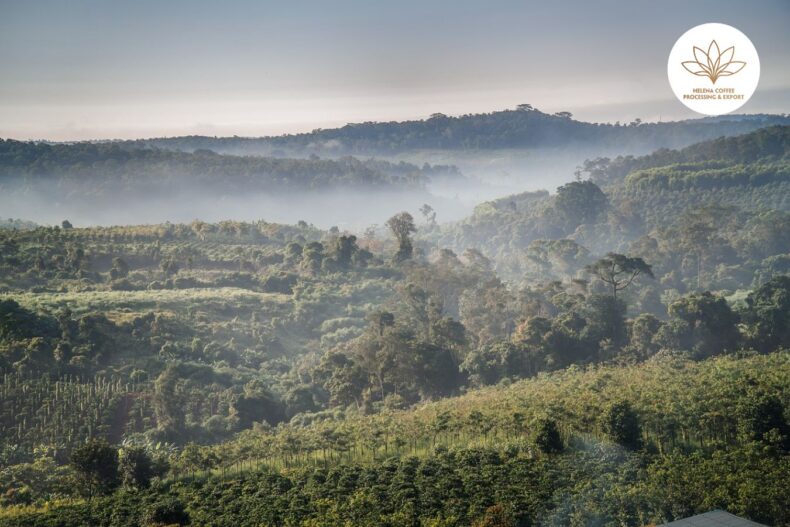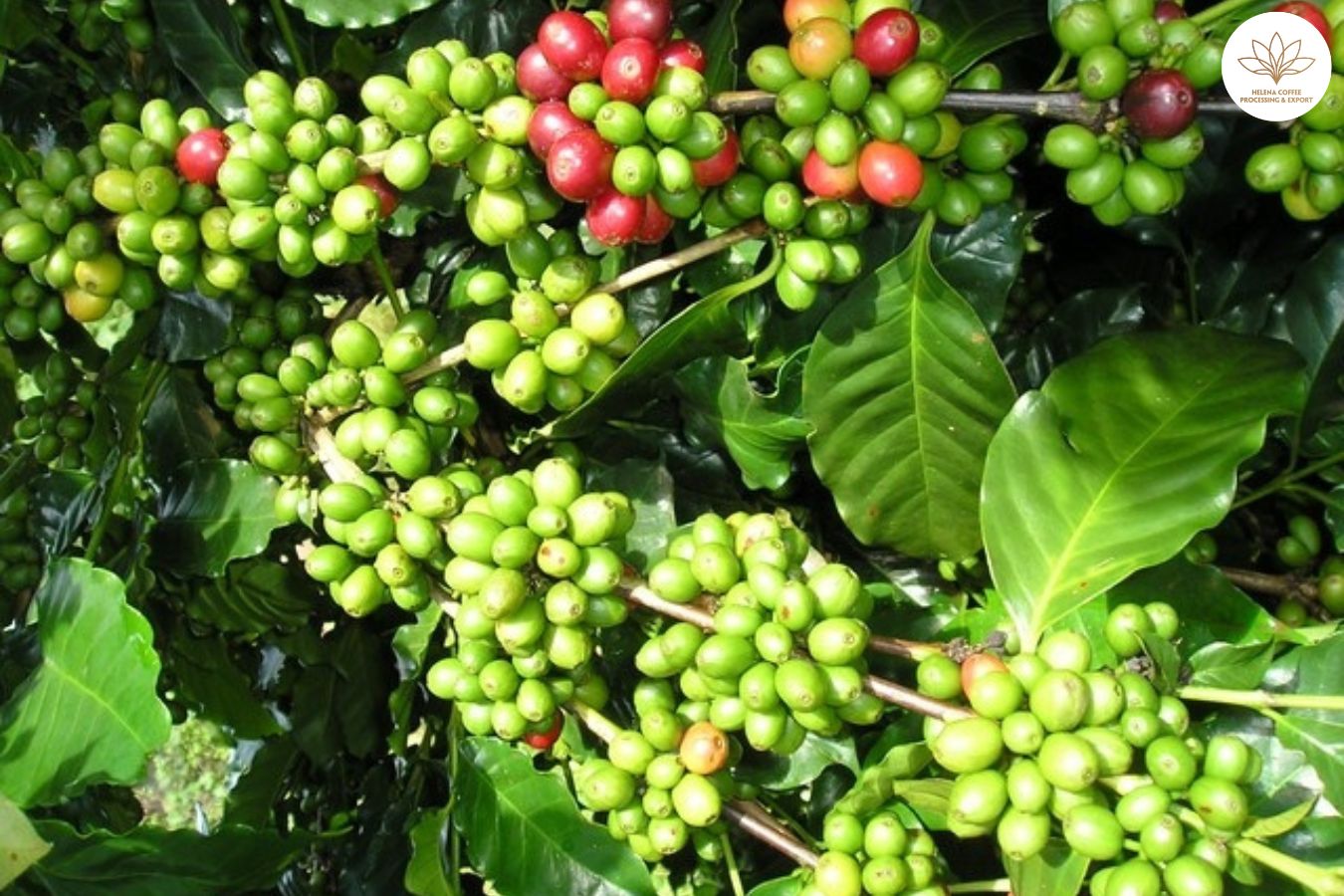
Symbiosis of trees and fungi on coffee: Coffee growers face numerous challenges – climatic issues, lack of financing, low productivity, rising costs. For many, increased effort, hours, or capital alone cannot achieve efficient production. Success requires understanding your environment and adapting tools to maximize results.
The symbiotic relationship between mushrooms and coffee trees exemplifies this adaptability. However, producers must properly facilitate this symbiosis to reap the benefits.
To learn more about optimizing this relationship, I spoke with two coffee farmers who shared valuable experiences and recommendations. Read on to discover their insights into supporting the natural symbiosis for mutualism between mushrooms and coffee. With the right approach, producers can leverage this relationship to overcome common agricultural struggles through ecological harmony.
What is symbiosis?
Here is how I would rewrite this for better flow and clarity:
Carlos Pola, a specialty coffee grower in El Salvador, explains a key issue facing the industry – soil nutrient degradation from sun, wind, rain, and agrochemical overuse. To maintain high yields, some producers excessively apply fertilizers, herbicides, fungicides, further damaging the environment and soil health, perpetuating the need for more chemicals.
As Carlos states, “Approximately 80% of plants have symbiotic relationships with microorganisms.”
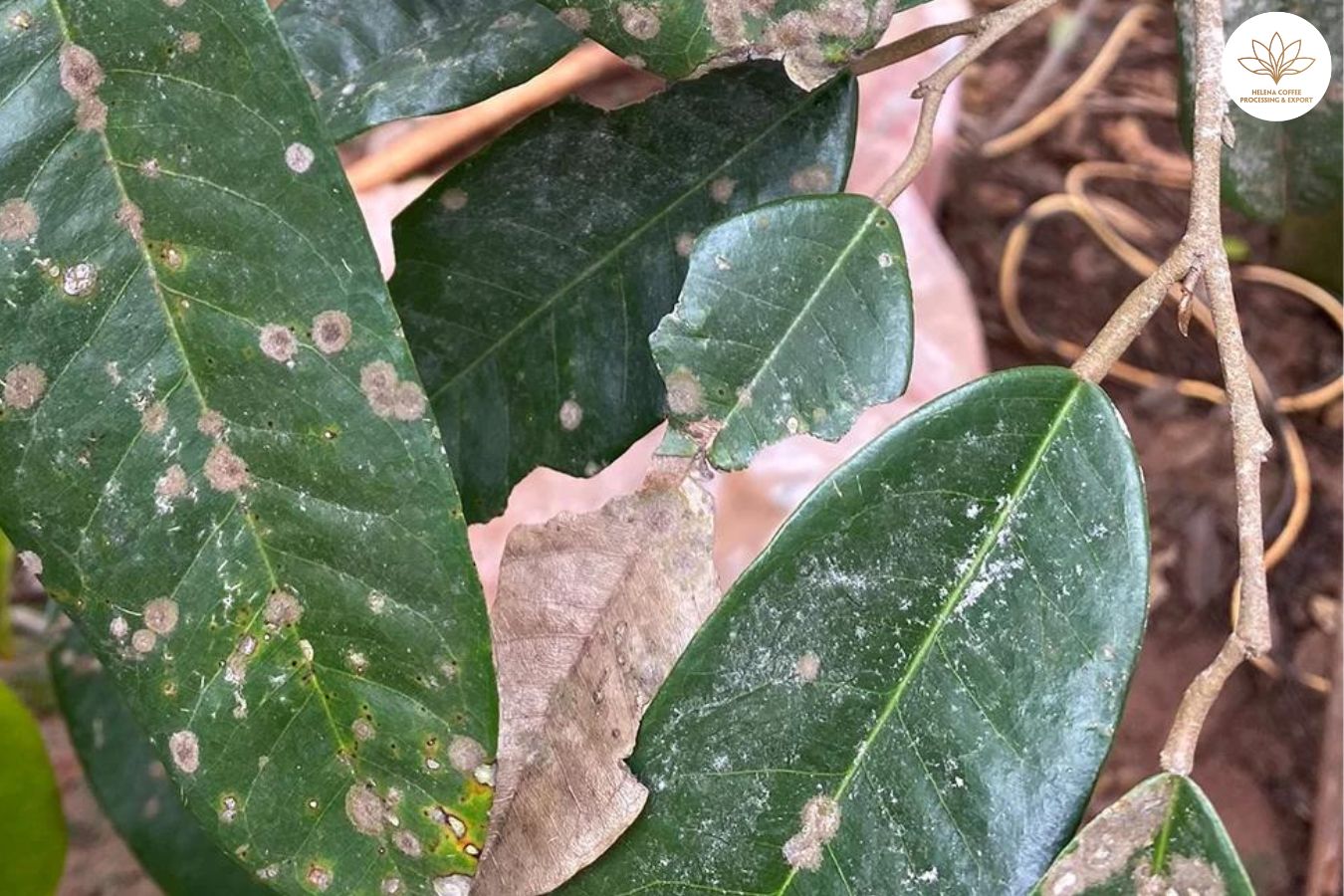
Honduran coffee producer Arnold Paz of San José farm adds, “Symbiosis is collaboration between two organisms where one benefits the other.”
The excessive use of agrochemicals disrupts these natural symbiotic relationships vital for soil health. But optimizing plant-microbe symbiosis through a holistic approach can restore ecological balance to sustain both environmental and production needs.
Why is it important in coffee farms?
According to Arnold, symbiosis is also crucial for addressing the pH problem facing Latin American coffee soils. While coffee thrives between pH 5-8, typical of its native African soils, Latin America sees levels of pH 4-3. This low pH promotes aluminum formation, which burns roots and prevents proper plant nutrition.
Generally, the costly processes to raise soil pH can increase production costs by 10%. However, Arnold explains that pine trees resist acidic soils through symbiosis with beneficial fungi. These fungi protect the roots from aluminum and facilitate nutrient absorption. This same symbiotic principle can be applied to coffee.
Leveraging natural symbiosis provides an ecological and economical solution to soil challenges like low pH that hinder coffee production. Rather than relying solely on expensive pH treatments, producers can optimize natural relationships between coffee plants and soil microbes to improve plant health and yields.
How does the symbiosis between coffee trees and mushrooms develop?
Here is how I would rewrite this for improved flow:
Carlos explains these beneficial root symbioses are called mycorrhizas – networks allowing plants and fungi to exchange nutrients and moisture harmoniously.
Often, soil nutrients are present but unavailable to plants due to distance or form. “Mycorrhizae can search for water and nutrients, extending the plant’s reach far beyond the root system through their hyphal networks,” Carlos explains. “They also break down nutrients into simpler compounds the roots can absorb.”
Arnold concurs – “Mycorrhiza creates conditions for nutrients like chlorides, sodium, potassium and phosphorus to become bioavailable. This optimizes the root’s absorption channel and nutrient uptake.”
In essence, mycorrhizal networks dramatically augment the plant’s ability to access essential nutrients locked in the soil. The fungi transmit water and dissolved nutrients to the root, while the plant fuels the fungi’s growth with photosynthetic energy. A true mutualism through symbiotic root colonization.
Why don’t fungi destroy coffee trees and, on the contrary, help create a protective layer?
Here is how I would rewrite this paragraph for improved clarity and conciseness:
Arnold explains there are both helpful and harmful fungi. Mycorrhizal fungi benefit plants by providing nutrients, but other competitive fungi can deprive plants of potassium. Since mycorrhizae depend on the plant’s survival, they help defend against disease to maintain their symbiotic relationship. As Carlos states, mycorrhizae nourish plants and protect them from harmful diseases through this mutually beneficial symbiosis.
What are the principles of this beneficial relationship and how to put it into practice in coffee cultivation?
Here is how I would rewrite this section for improved flow:
Carlos explains the basis of the symbiosis – mycorrhizae provide water and nutrients extracted from the soil, while plants supply carbohydrates produced through photosynthetic absorption of carbon dioxide.
This mutually beneficial relationship reduces fertilizer needs and helps build soil, sequestering excessive atmospheric carbon pollution.
As Arnold describes, they researched how to facilitate mycorrhizal transfer from native pines to coffee plants. Applying seaweed extracts enabled the migration. The input depends on soil type and surrounding shade tree mycorrhizal availability, another key factor.
More investigation is needed to determine optimal inputs by soil composition for effective mycorrhizal transmission. Taking advantage of native mycorrhizal relationships can reduce reliance on costly fertilizers while benefiting the environment through carbon capture.
What impact does it have on the yield and quality of the coffee?
Here is how I would rewrite this for clarity and flow:
As Arnold explains, any obstacles to fertilizer absorption decrease yields, sometimes making production unprofitable by not covering costs.
Carlos’ main goal is generating new soil through mycorrhizae’s contributions to water retention, biological activity, nutrient availability, and temperature regulation – all vital for coffee trees. The microorganisms’ self-regulation nourishes plants, translating to fruit quality and health.
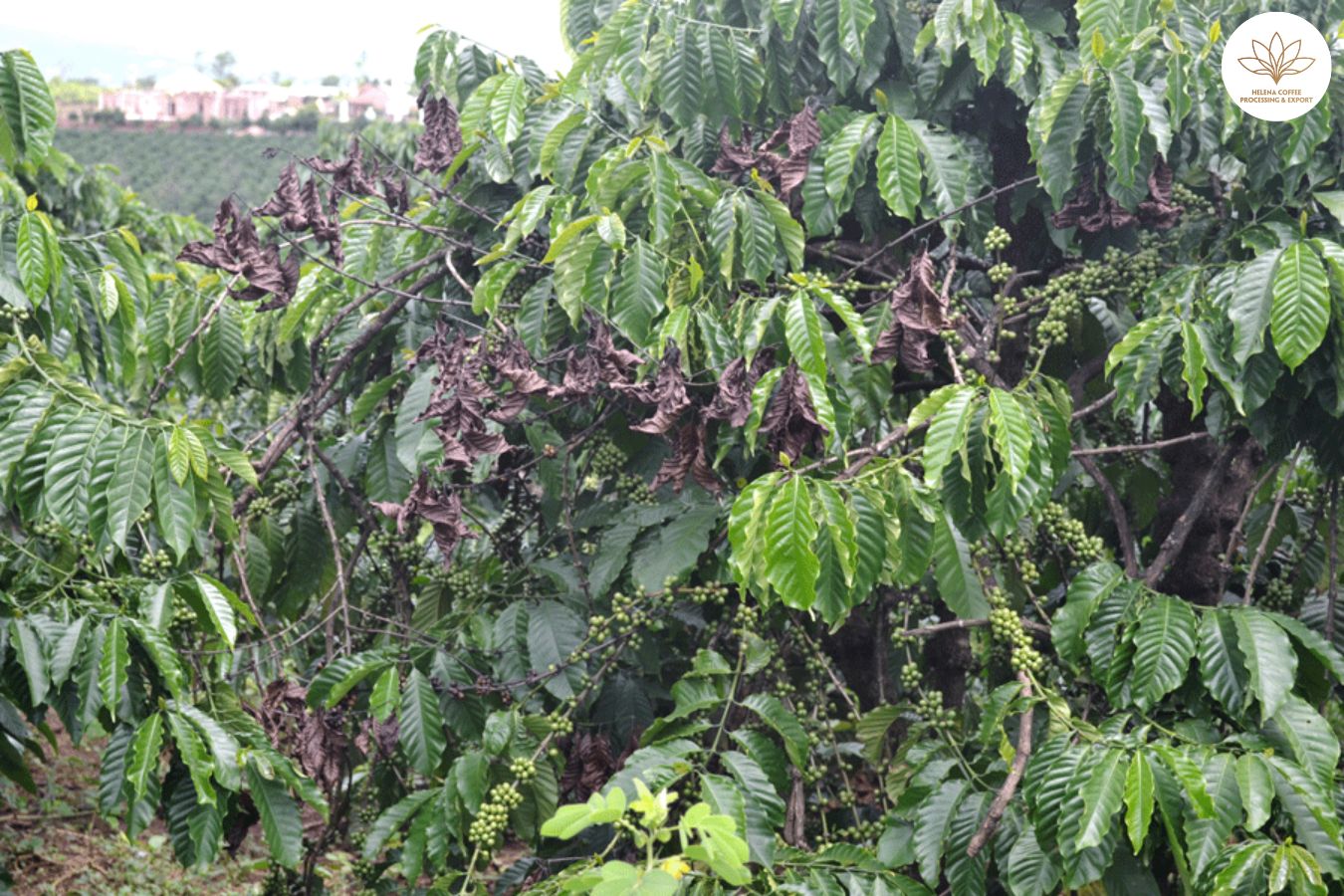
This year’s extreme heat and low rainfall spotlighted the benefits of tree shade, groundcover, and mycorrhizae in maintaining optimal crop conditions. Mycorrhizal symbiosis allowed our farms to thrive despite climate challenges.
Facilitating natural soil microbiome relationships supports profitability by enabling plants to access the nutrients already present. Mycorrhizae’s role in soil regeneration also builds climate resilience during abnormal weather events. Their contributions lead to both ecological stability and production viability.
General recommendations for producers
Here is how I would rewrite this section for clarity and concision:
As Carlos suggests, first “create farm architecture for mycorrhizal spread.” Use native mycorrhizae suited to the ecosystem, as foreign varieties may not adapt as well.
Importantly, reduce herbicide use, provide shade, and use ground legume cover to avoid sunlight exposure – the conditions mycorrhizae need to thrive.
The low investment in facilitating native mycorrhizae, along with performance gains and chemical reductions, can provide great economic and environmental returns when properly implemented.
Both Carlos and Arnold agree symbiosis has broad benefits more producers should utilize. The evidence shows integrating relationships like mycorrhizal fungi and coffee can generate ecological stability and production viability through natural symbiosis.
FAQS:
- Coffee Farming: Nutrition & Fertilizer For Coffee Plants
- Learn The Process Of Choosing The Best Organic Coffee Beans
- Coffee Roasting Technique: Effect of Humidity on Coffee Roasting
